Besides SLR cameras I have two other pages covering "small & small format cameras", another core area of my collection, and of course all the others. Please have fun browsing around...
 Early SLR Early SLR |
 Mechanical SLR Mechanical SLR |
 TTL metering TTL metering |
 Electronics |
 Built-in motor and AF |
 Instamatic SLR Instamatic SLR |
 Leaf Shutter SLR |
 Misc and Digital |
 SLR Statistics |
Early SLR and medium format SLR
This is the first generation of SLR cameras for 35mm film and covers
the time frame from 1936, when it all started with the Kine Exakta,
to the late 50ies. The early cameras introduced features like fast
advance lever, returning mirror, penta prism, or flash
synchronization. However, none of the cameras below has all of them.
If they had the complete basic feature set, I'll count them for
generation 2, see below. Mechanical SLR (2nd generation, ca. 1959-1979)
With the appearance of the first important Japanese SLR, namely the
Nikon F, the style of the modern SLR was set. This second generation
had all important features, but no battery. Everything was
mechanical. Some models had the advantage of exchangeable prisms,
which later included meters or even TTL meters (like the Nikon F). I
also count cameras with built-in but uncoupled (Selenium) meters to
that generation. | Nikon F (Japan, 1959-1971). The SLR for professionals. Similar significance like the Kine Exakta and its worthy successor as a system SLR. | Minolta SR-2 (Japan, 1958-1960). Most stylish and modern SLR of the late 50ies. Innovative SR bayonet mount. Quite rare. | Miranda F (Japan, 1963-1967). One example of a less successful brand. Still a very solid SLR, though. Miranda's last purely mechanical model. |
| Nikkorex F (Japan, 1962-1964). Nikon's first consumer SLR, toll produced by Mamiya. First camera with the new Copal Square shutter (vertical, metal blades) | Wirgin Edixa-Mat Reflex Typ D (West Germany, 1961). Solid West-German M42 camera with focal plane shutter. | Zenit E (USSR, 1965-1989). Most built SLR (ca. 12 million units) in the world. Also, longest production period. |
| Konica Auto-Reflex P (= Revue
SP, Japan 1966). A stripped down version of the famous
Auto-Reflex without the meter. |
Mechanical SLR with TTL-metering (3rd generation,
1965-1975)
Coupled TTL-meters was the next big thing and defined the 3rd
generation. However, the shutters were still controlled mechanically
and all these cameras could be operated without the battery (without
metering, of course). In the beginning some cameras still had to be
stopped down for correct metering. Open apperture metering was a
feature to distinguish. I personally think, the general feature set
of these cameras is totally sufficient to take great pictures, you
have full controll of the image.SLR with electronic shutters and/or auto exposure
modes
(4th generation, ca. 1975-1985)
This is the decade when SLR entered almost every home and
consequently most SLR were sold ever. Automation, either with
shutter or aperture priority enabled easy shooting. Competition was
huge, Canon took over the market lead. Many cameras were at least
partly build from ABS plastic instead of metal, althought it looked
like. Electronic slowly took over control of the main function, many
cameras would not even fire without a working battery. SLR with built-in motor drives and/or Autofocus (5th generation, ca. 1985-2005)
Here comes automation in almost every aspect of the camera. None of these cameras would function without (even multiple) batteries. Early models/prototypes in the late 70ies and early 80ies added built in motor drives or auto-focus. It was Minolta with the (Maxxum) 7000 AF to set a new standard of a fully integrated automized SLR. This was in 1985 and they took over the market lead until Nikon and especially Canon countered with own and later superior systems. In addition to automation it was also the period, where plastic eventually replaced metal for many aspects of construction. Even bayonet mounts and lens elements were made out of it, at least for the entry level consumer cameras, which sold millions. With built-in full automation, you just have press the shutter release button| Konica FS-1 (Japan, 1979-1983). First camera with built-in motor drive and easy film handling. Otherwise, a 4th generation feature set. | Pentax ME-F (Japan, 1981-1984). First commercial AF-SLR with a passive TTL AF sensor. Only one AF-lens, though. | Nikon F-301/N2000 (Japan, 1983-1990). Still without AF, Nikon's first camera of the 5th generation. |
|
|
||
| Minolta (Maxxum) 7000 AF (Japan, 1985-1988). First modern AF-SLR, archetype of this generation. | Canon EOS 3000 V (Japan, 2003-2004). Canon's last entry-level consumer SLR for 135 film, with all automation features of its aera. Even built-in flash. |
SLR for cartridge film formats
This is a kind of bizzare section, because film cartridges (Instamatic, both 126 and 110) with their entry-level, easy to handle approach do not really fit to the mostly complex SLR technology. But in the late 60ies, when the 126 cartridge was launched by Kodak none of the below camera makers wanted to miss the opportunity to be the first with a SLR in this growing market. It was a relatively short experiment and none of the cameras probably earned its development costs. Interestingly history repeats itself, with the 110 cartridge in the late 70ies....| 126 type
Instamatic |
||
| I'm proud to own the entire set of SLR cameras built for the 126 cartridge ("Instamatic"). For a comparison of the 5, please click here. | Kodak Instamatic Reflex (West Germany, 1968-1974). Based on the Retina Reflex know-how. Most successful and versatile of the five Instamatic SLR. | Keystone K-1020 (Japan, 1966-?). First of the five Instamatic SLR. Fixed Lens, simple and somehow cheap design. |
| Rolleiflex SL26 (West Germany, 1968-1973). Most beatiful, compact and expensive of the five Instamatic SLR. Leave shutter and set-lenses. | Zeiss Ikon Contaflex 126 (West Germany, 1967-1971). Most solid of the five Instamatic SLR. Focal plane shutter! | Ricoh 126C-flex (Japan, 1969-1972). Last and somehow weird Instamatic SLR. As large as a standard 135 film SLR. |
|
|
 |
|
| Even for the small 110-cartridge there were SLR cameras. The Pentax was even a system with a range of lenses. Minolta produced two versions, I own the first. | Pentax auto-110 (Japan, 1978-?). The smallest system SLR with exchangeable lenses ever made. | Minolta 110 Zoom (Japan 1976-1979). First SLR for 110 cartridge. Not very small, though. Was succeeded by a more compact version, the last 110 SLR! |
Leaf Shutter SLR
Leaf shutter vs. focal plane shutter sometimes seemed a question of faith. While leaf shutters are the natural choice for fixed lens (range-)finder cameras, they are tricky to implement in a SLR, especially for exchangeable lenses. In my opionion there are more disadvantages then advantages for them in SLRs. However, especially West German SLRs of the 50ies and early 60ies were based around the then new Compur Reflex shutter from Zeiss' Deckel company. But even East Germany built one as well as the Japanese (some), with own shutter developments. The Japanese actually utilized the leaf shutter to implement early auto exposure concepts, which seemed to be easier with a leaf shutter.| Zeiss Ikon Contaflex II (West Germany, 1954). First leaf shutter SLR design, version II with an uncoupled Se-meter. Fixed lens with the option of a 1.7x tele set-lens. | Kodak Retina Reflex S (West Germany, 1959-1960). First leaf shutter SLR with real exchangeable lenses using the DKL mount. Advanced and easy to use coupled selenium meter. | Royer Savoyflex automatic
(France, 1960). First SLR with shutter priority exposure
automation based on a trap-needle design. Returning mirror
and fancy double focussing. |
|
|
|
|
| Voigtländer Bessamatic (West Germany, 1959-1962). Direct competitor to the Retina Reflex S, almost (!) same DKL-mount, slightly more modern and solid. | Wirgin Edixa Electronica (Germany, 1962-1965). First SLR with exchangable lenses and autoexposure capability for both, aperture AND shutter speed. Used an electro motor, expensive and not very successful. DKL mount. | VEB Pentacon Pentina (DDR, 1961-1965). The only DDR-SLR with a leaf shutter. Unusual design and an advanced feature set for its time. |
|
|
|
|
| Sears SL9 (Ricoh 35 Flex, Japan 1963-1966). Example of an early Japanese fixed lens leaf shutter SLR. Automatic exposure control and extra set-lenses. | Nikkorex Zoom (Japan,
1963-1965). First SLR with a fixed built-in Zoom. It would
take 25 years until the next Zoom-SLR for 24x36 mm appeared. |
Topcon Uni (Japan, 1964).
First SLR with exchangeable lenses, TTL metering and
auto-exposure automatic (shutter priority), some months
before the Auto-Reflex. |
Unusual SLR cameras, and modern digital examples
This is my miscellaneous section of SLR cameras. The two Olympus Pen SLR are half format models and would officialy belong to the 2nd and 3rd generation, respectively. The Chinese clone SLR is not really intriguing from a technology standpoint, but historically quite interesting. And there is a camera I built myself from a DIY kit. Last but not least the two digital SLR bought, but not for a collecting purpose.SLR production numbers
In 2013 I started to collect information about production numbers of 135 film SLR's. In a first step I only looked at classical designs, meaning no Autofocus and no built-in motor drives. Therefore, the relevant time frame is between 1937 (Kine Exakta) to about 1985. Some classical SLR have been built after this date. However, no major improvements or new developments have been implemented.Some production numbers are easily available and can be found in books or the internet. I always try to cite my sources, however, in many cases you cannot be sure, whether there is truth in the information or not. Therefore I developed an advanced method to assess production figures from serial numbers. I used it either to cross check found information or to give a number, where none can be found elsewhere. Below is a list of all articles I have published so far. Have fun reading...

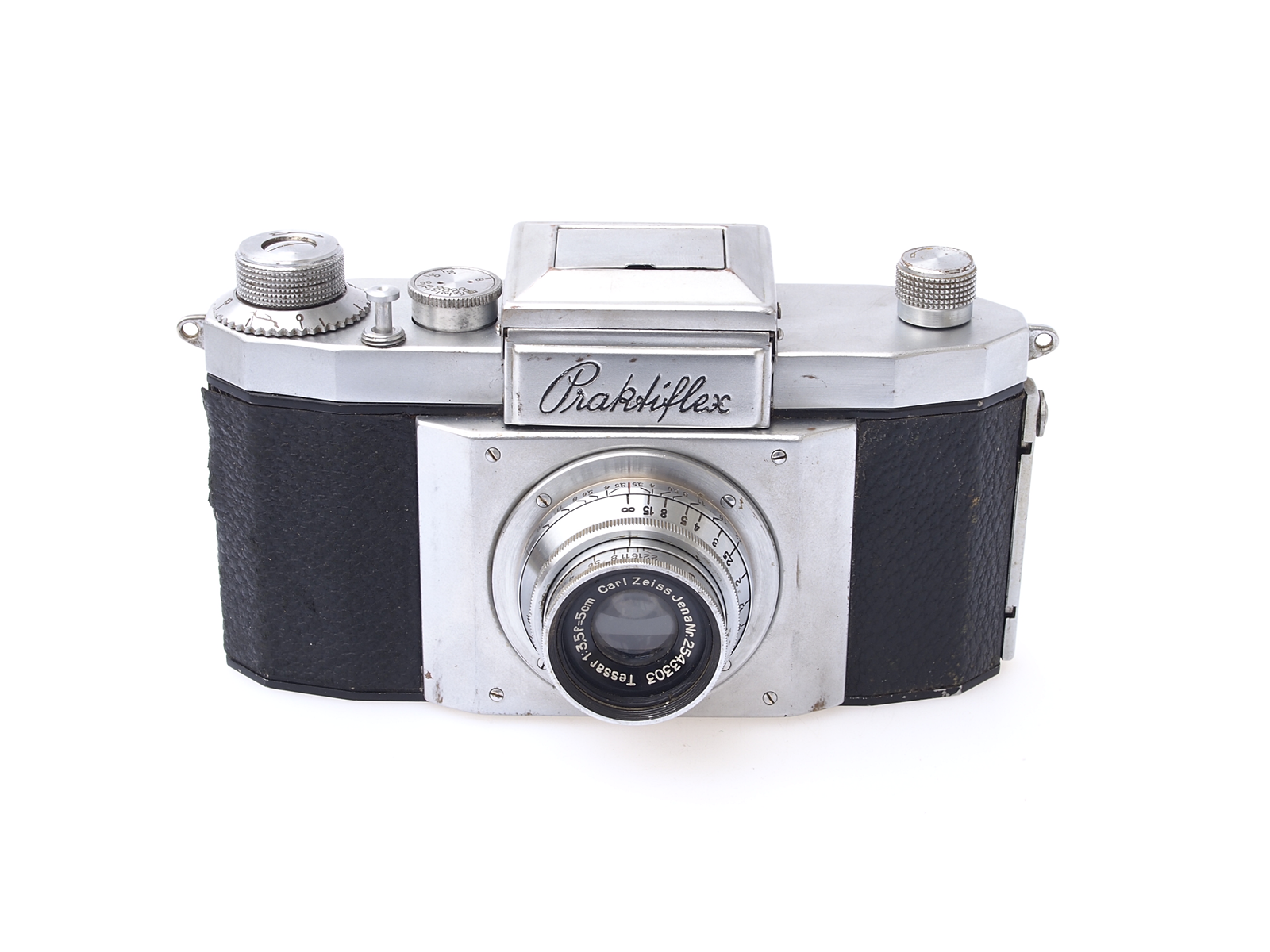


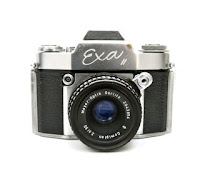





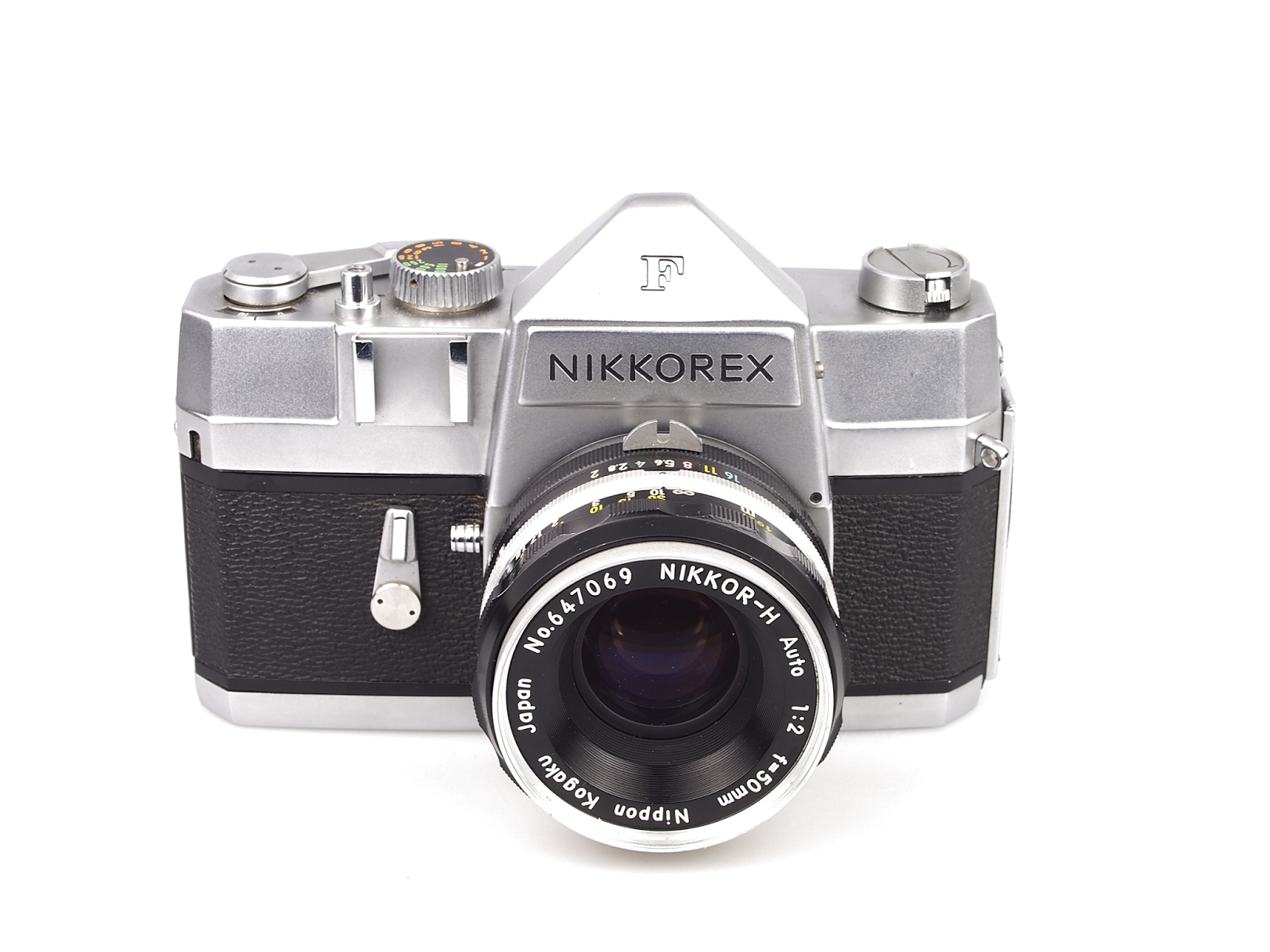



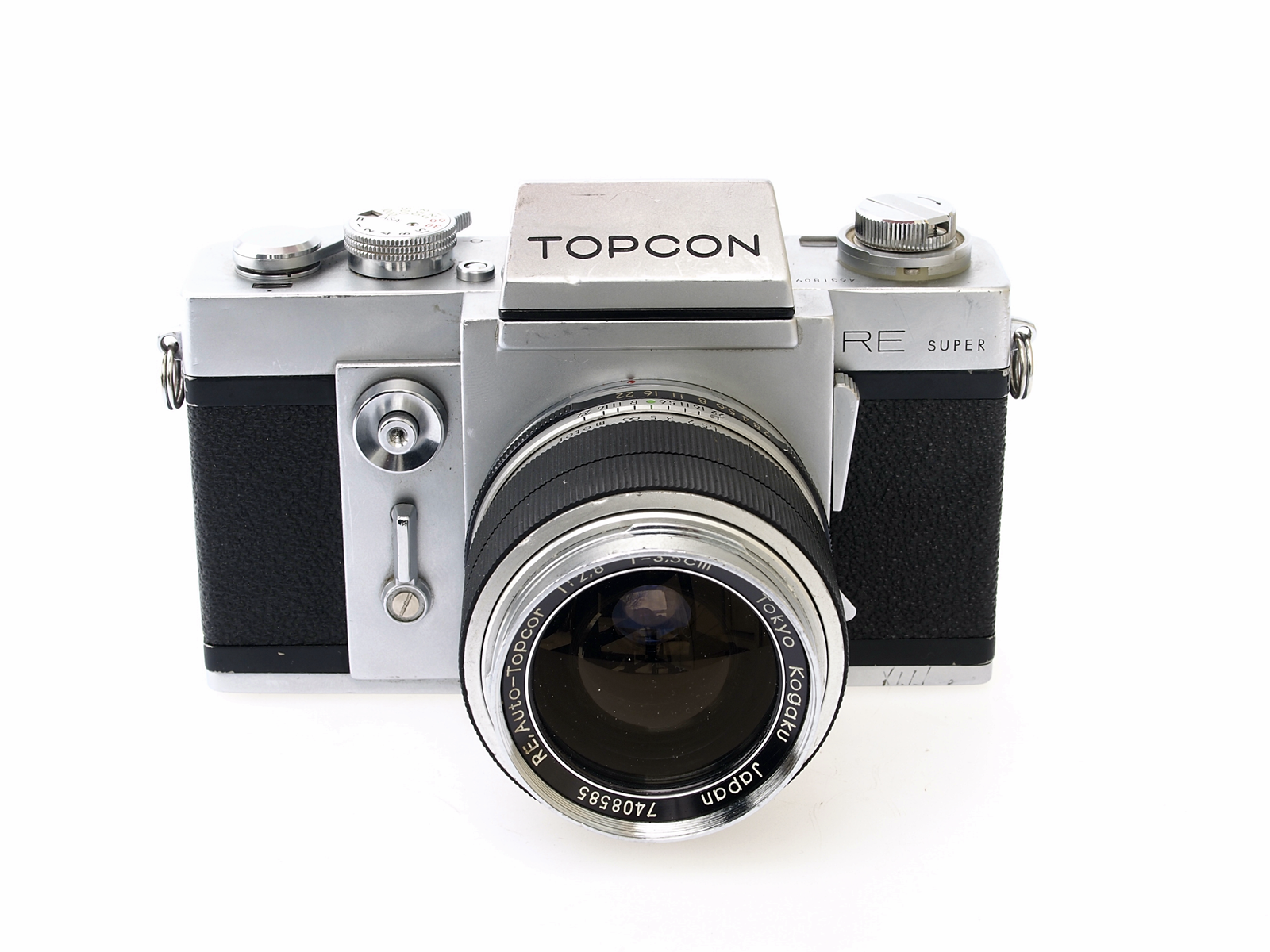




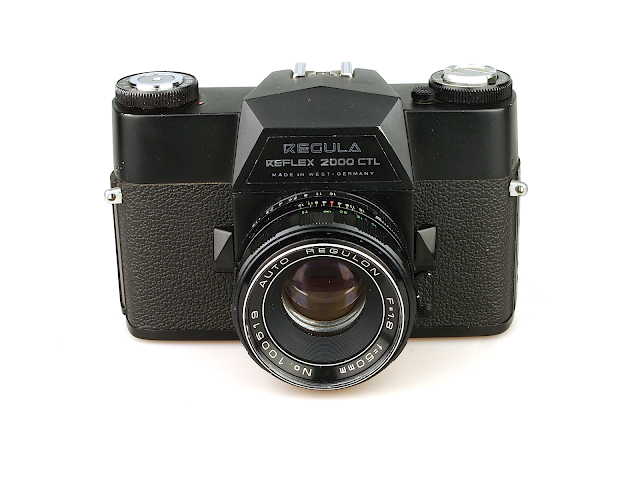










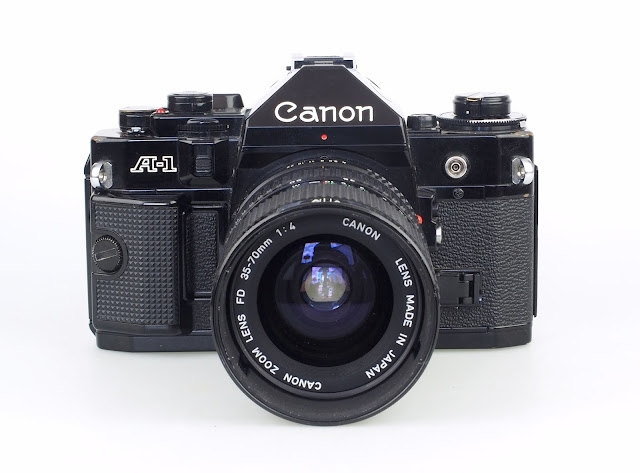



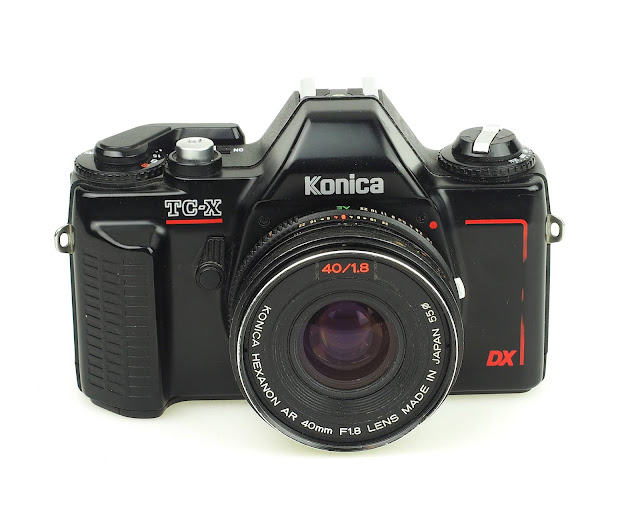




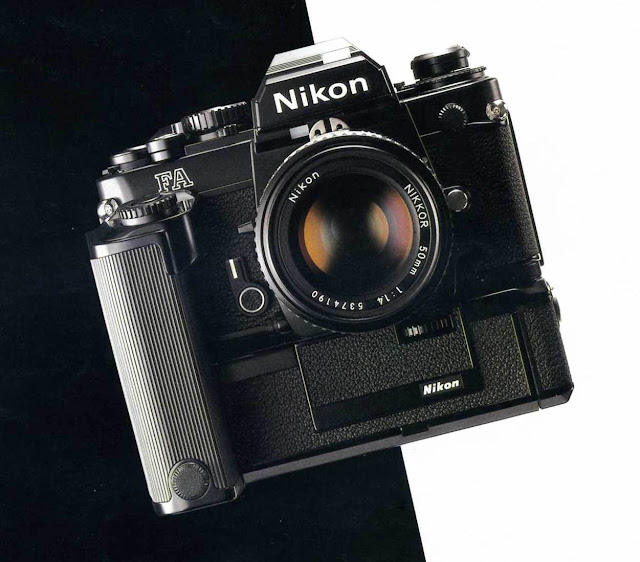
.png)



























Keine Kommentare:
Kommentar veröffentlichen